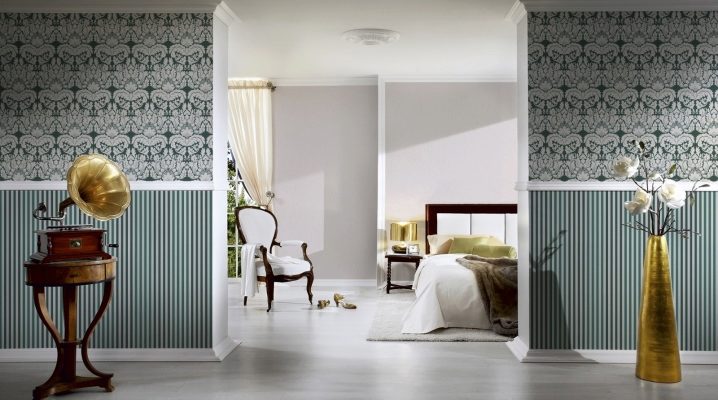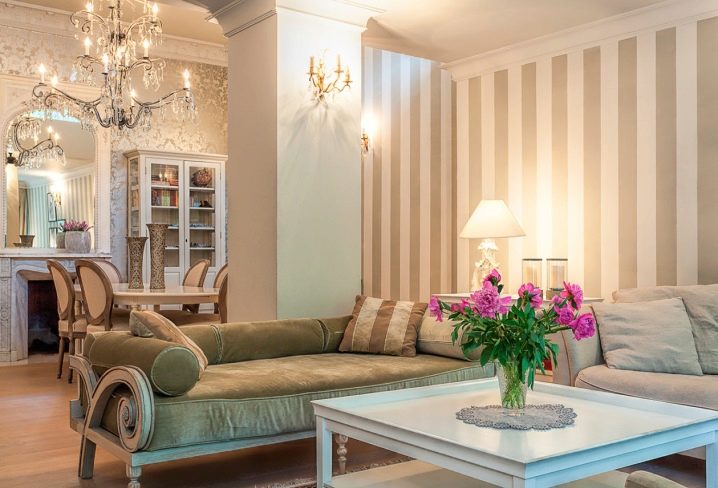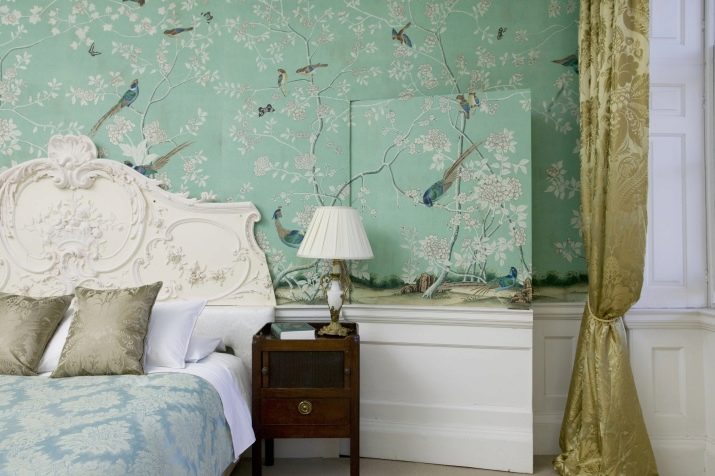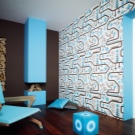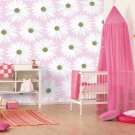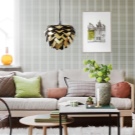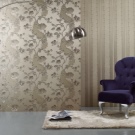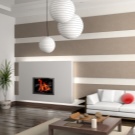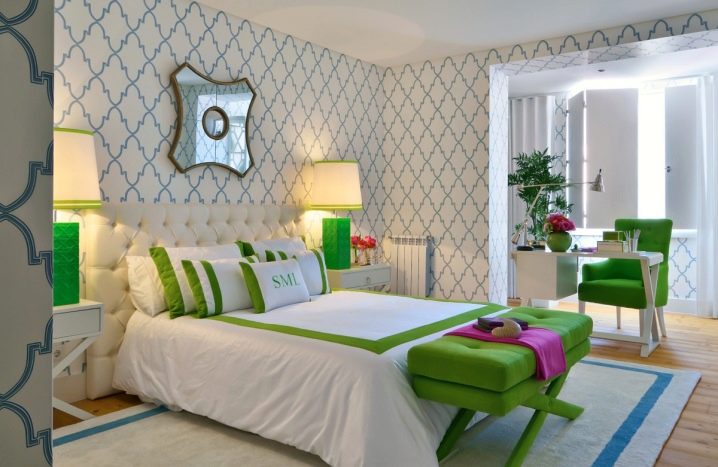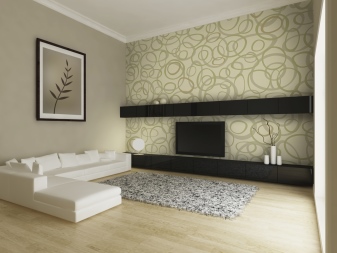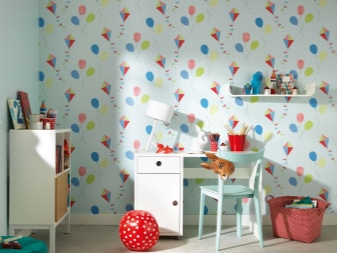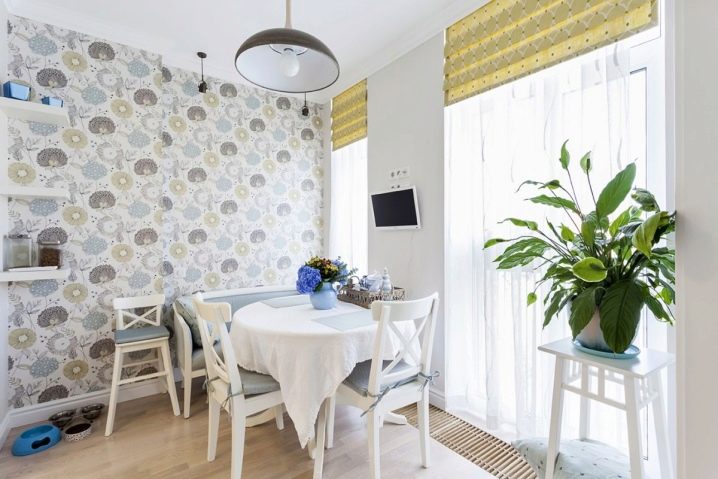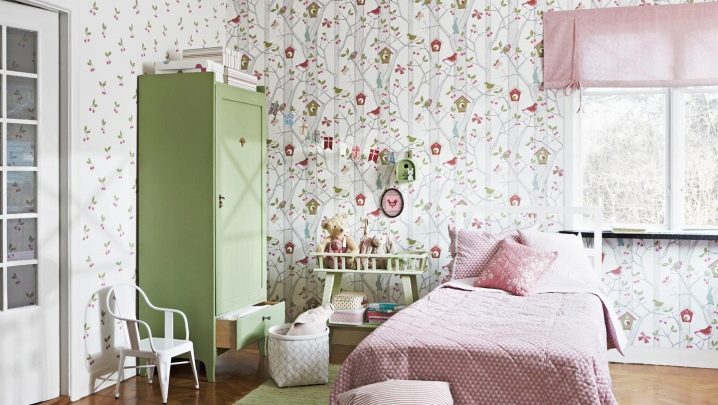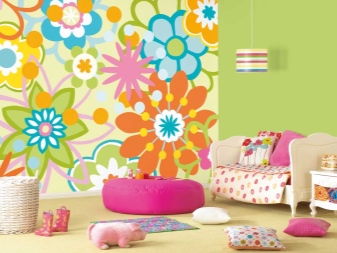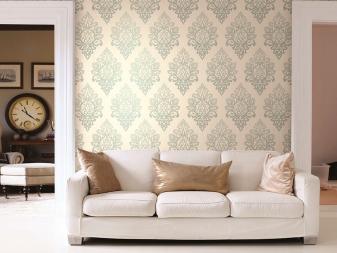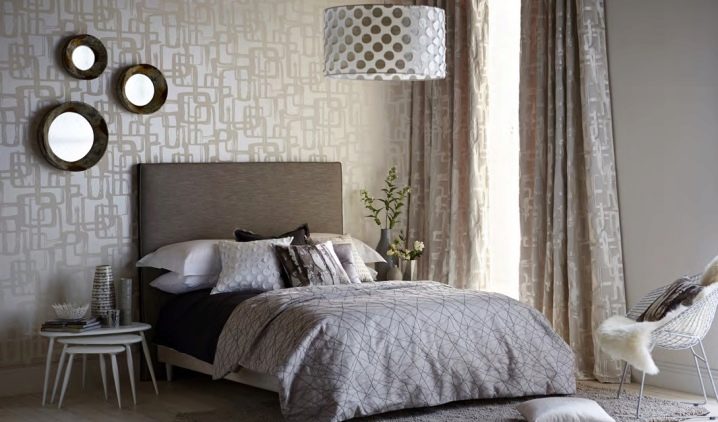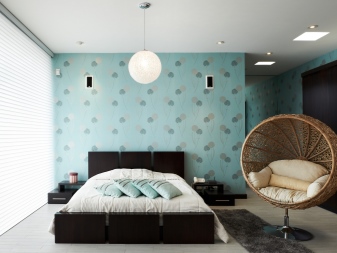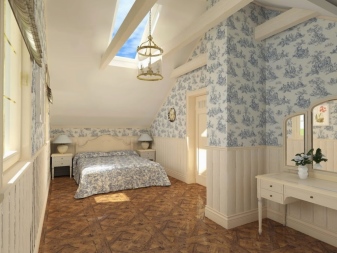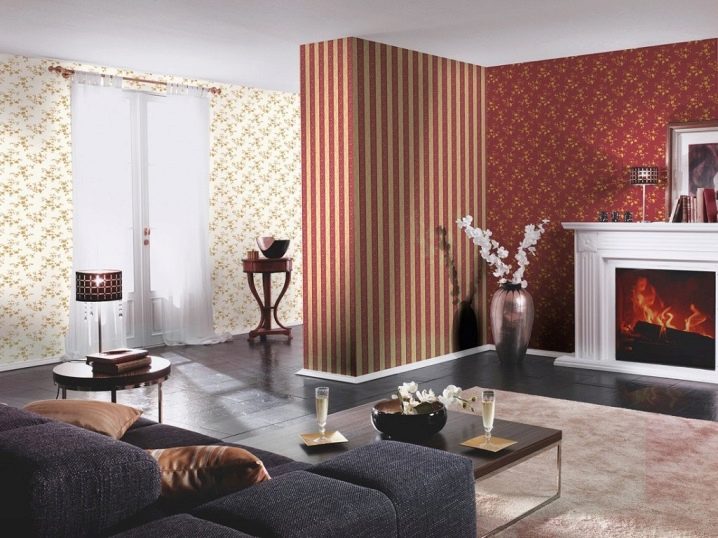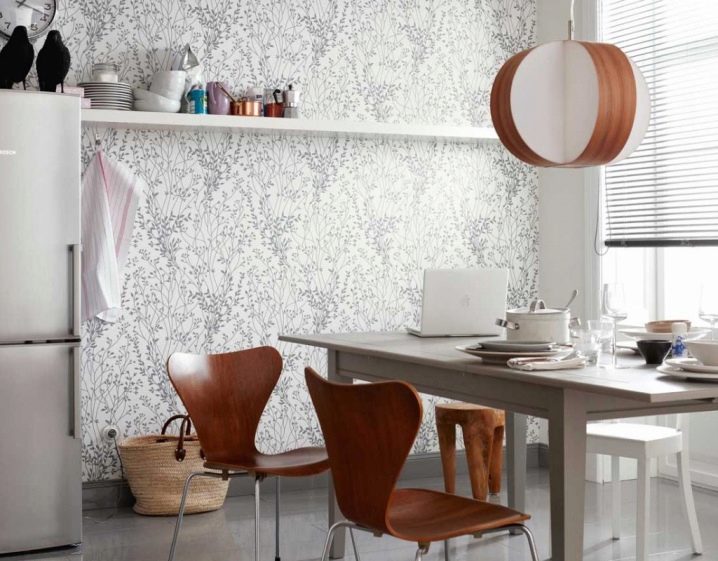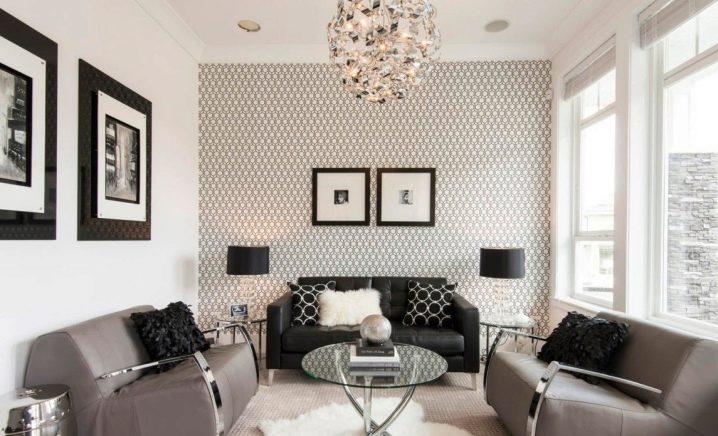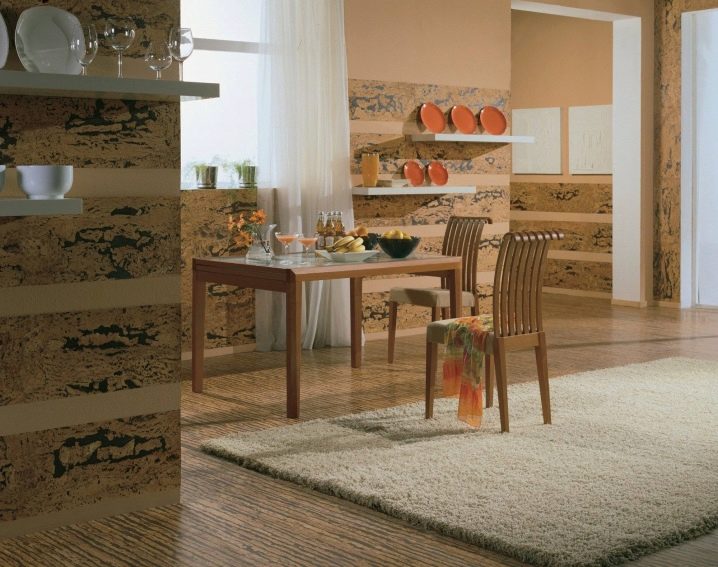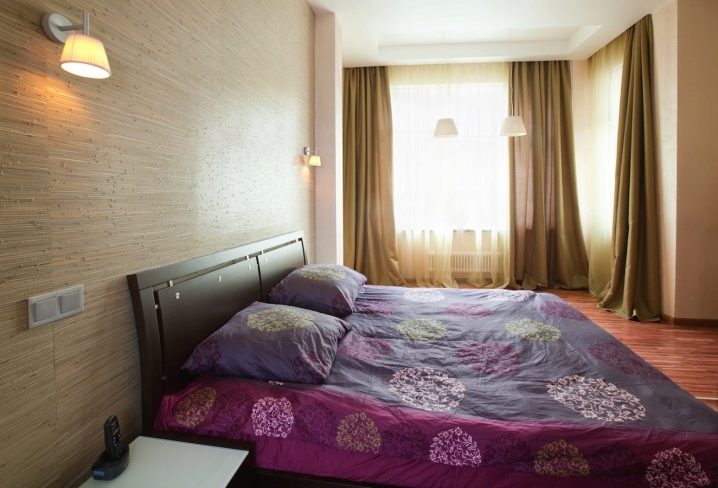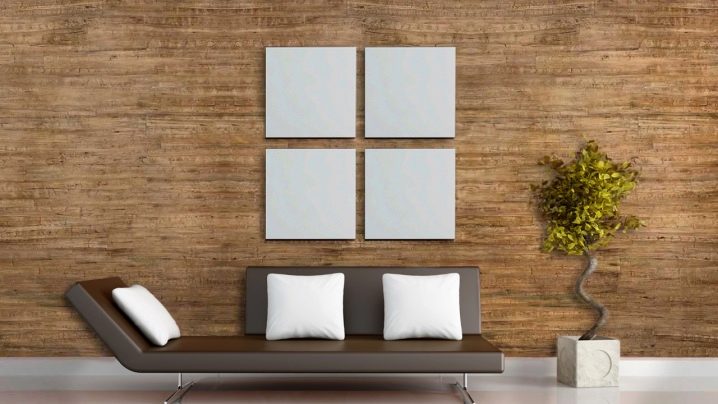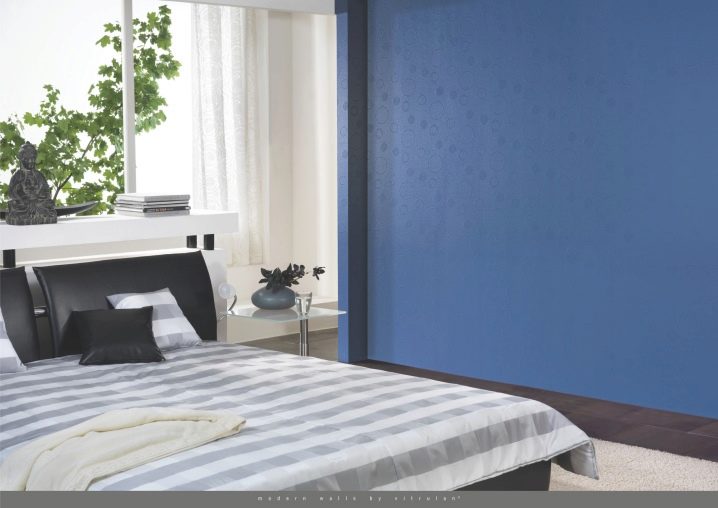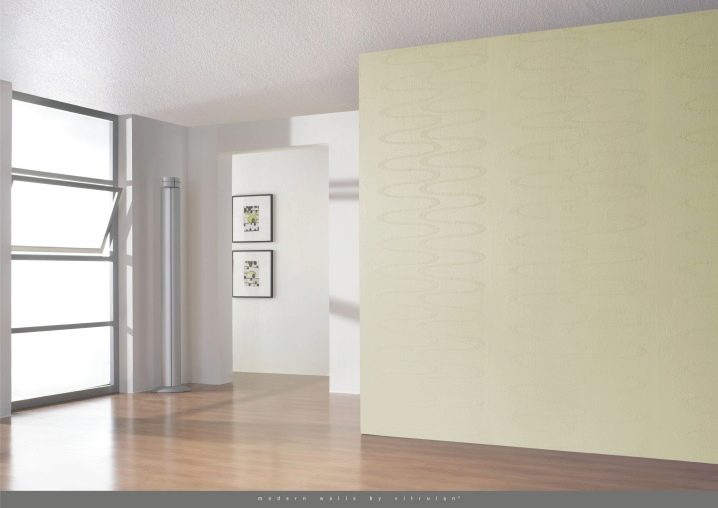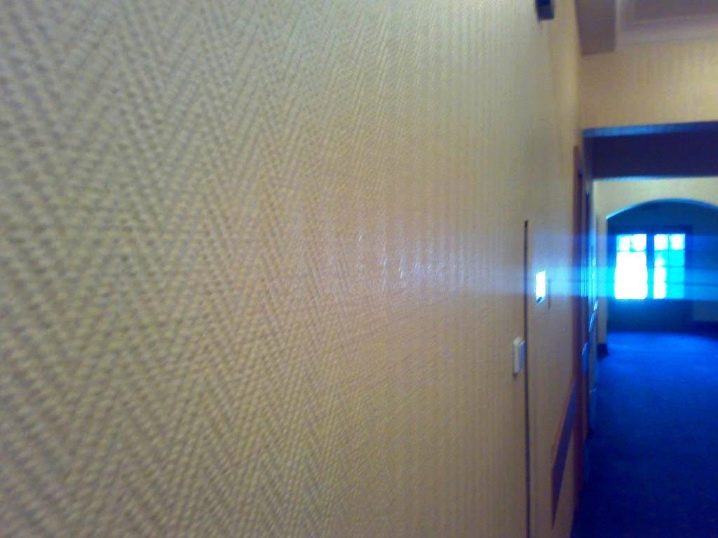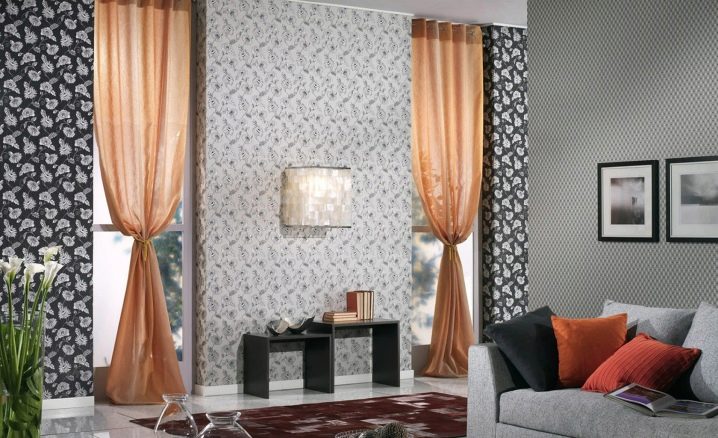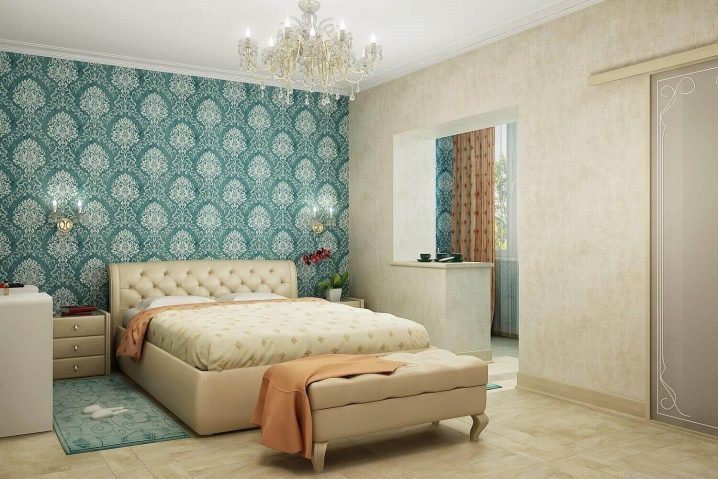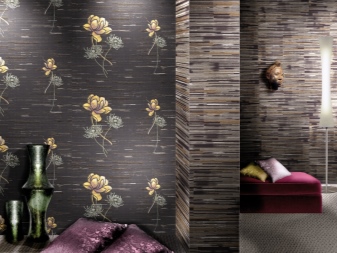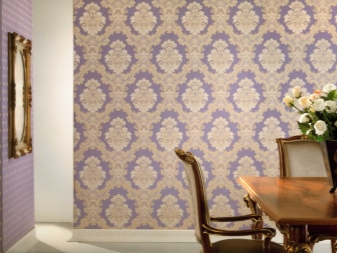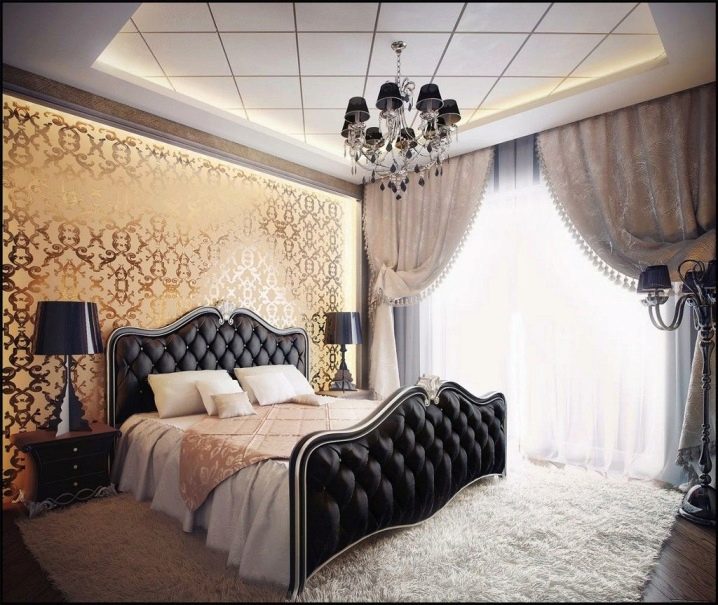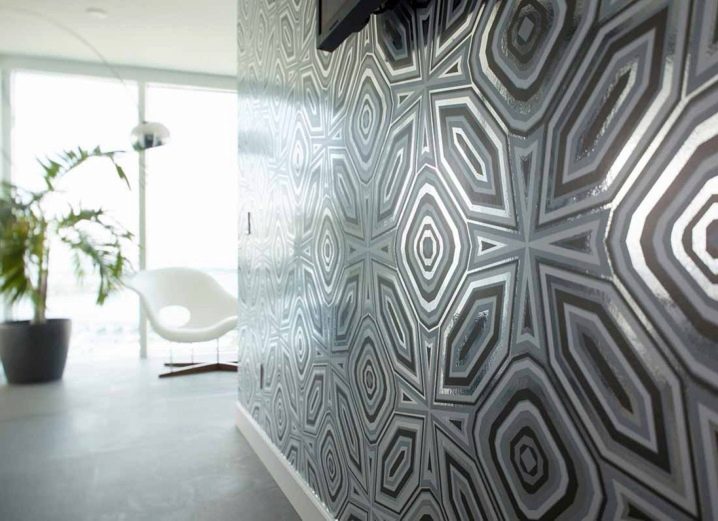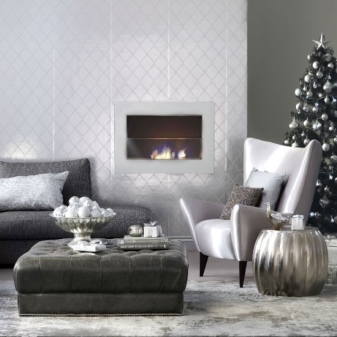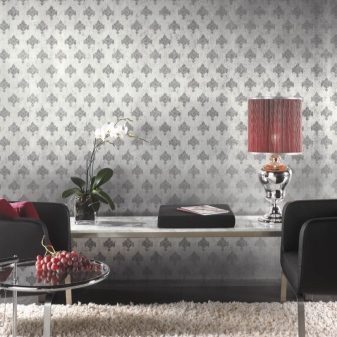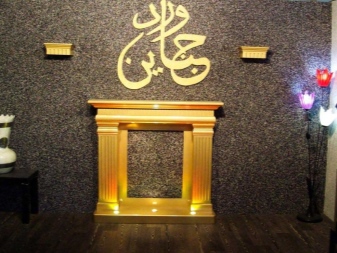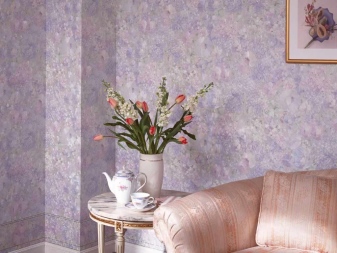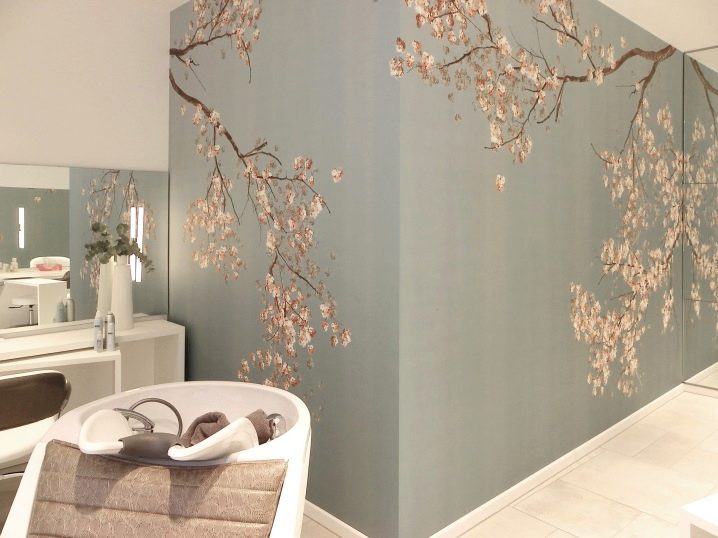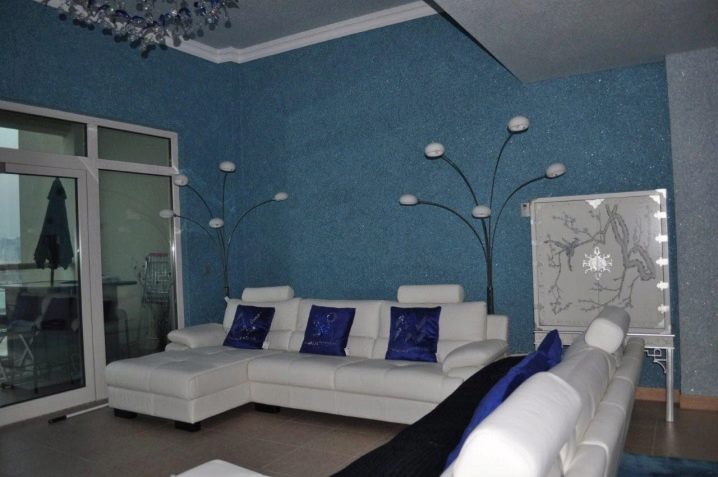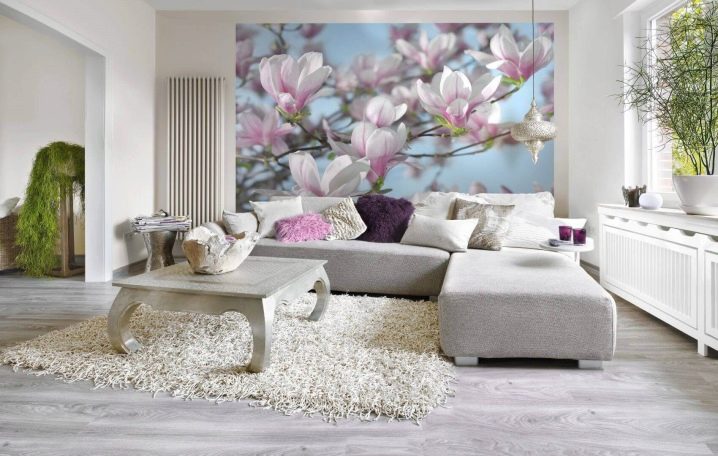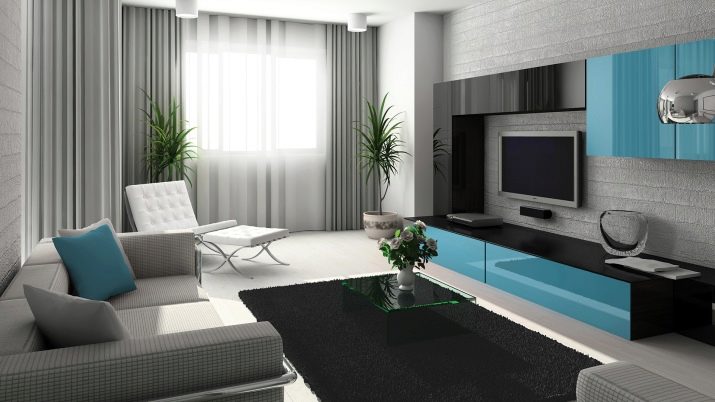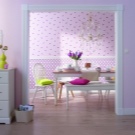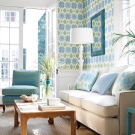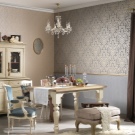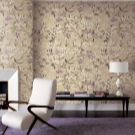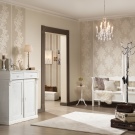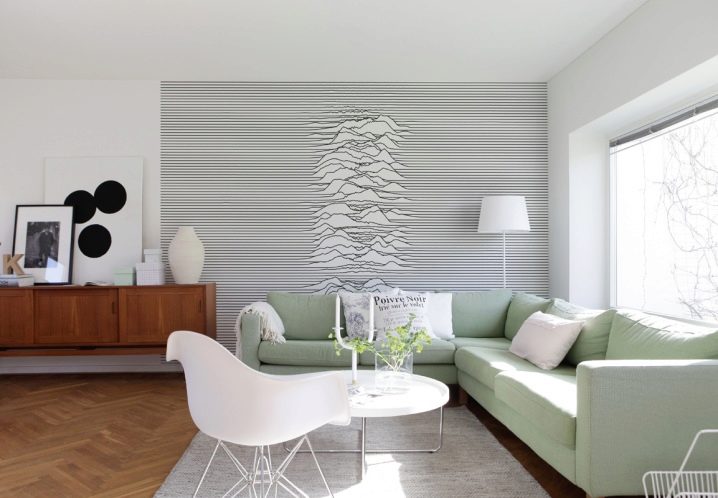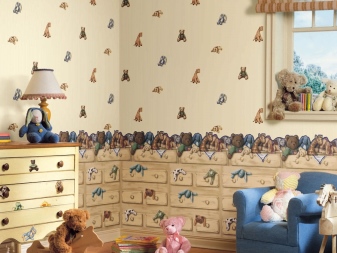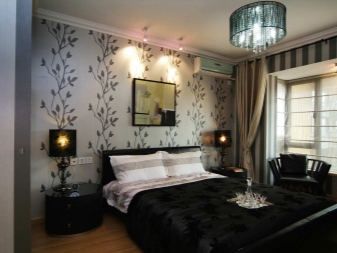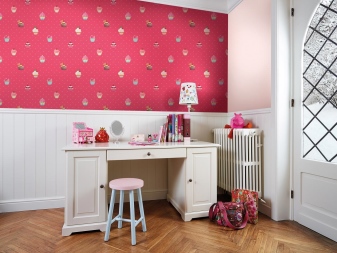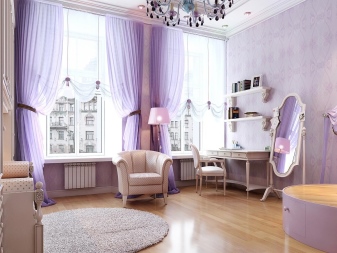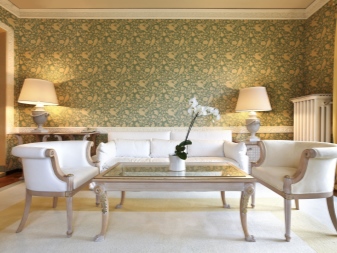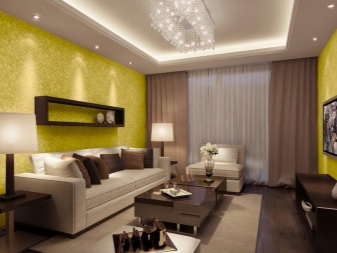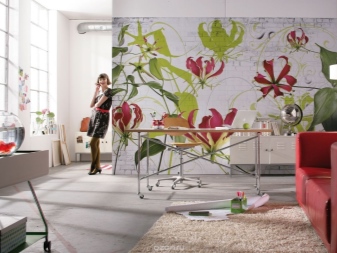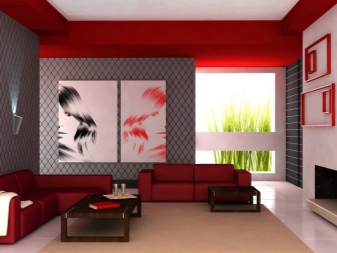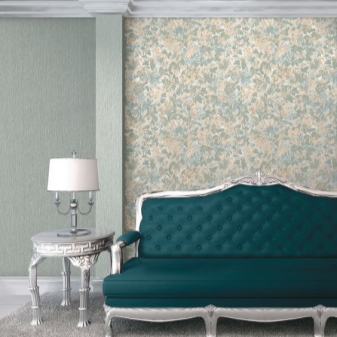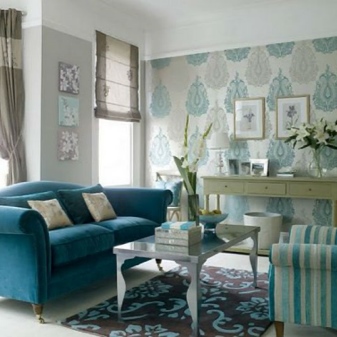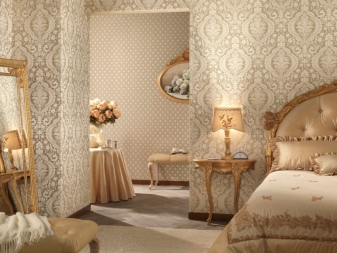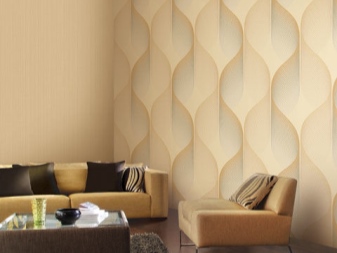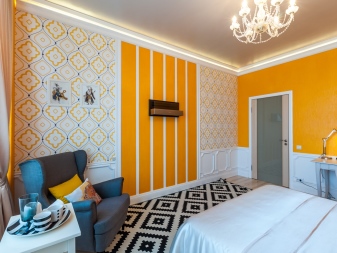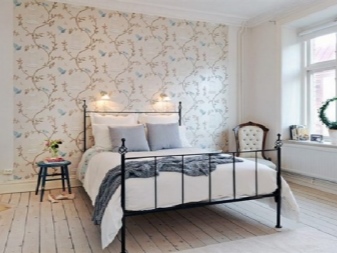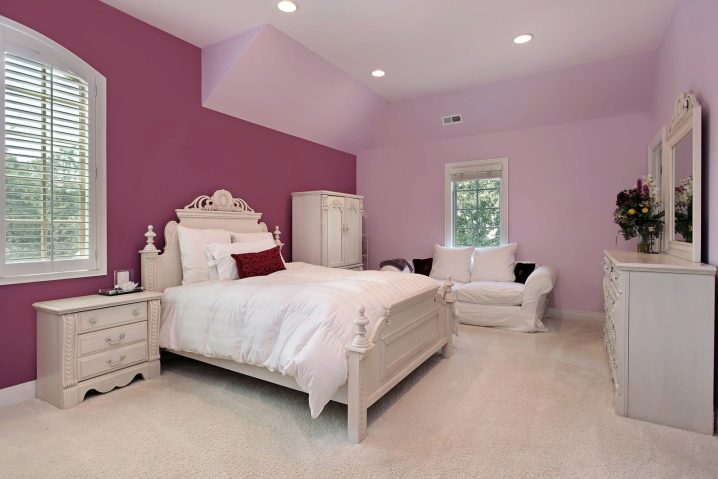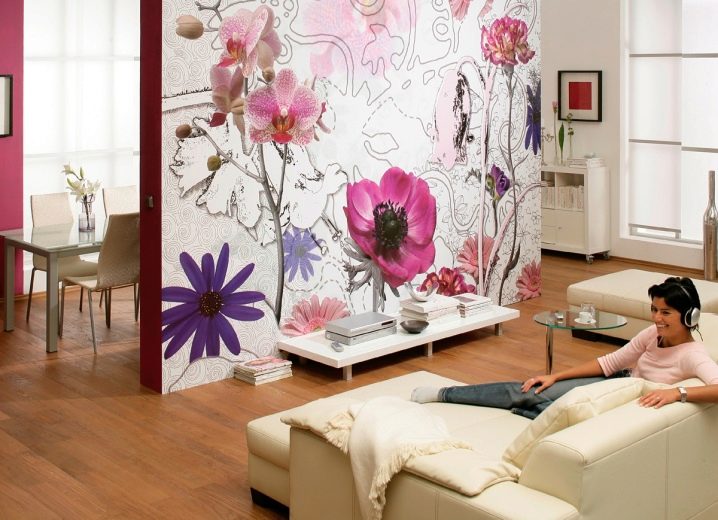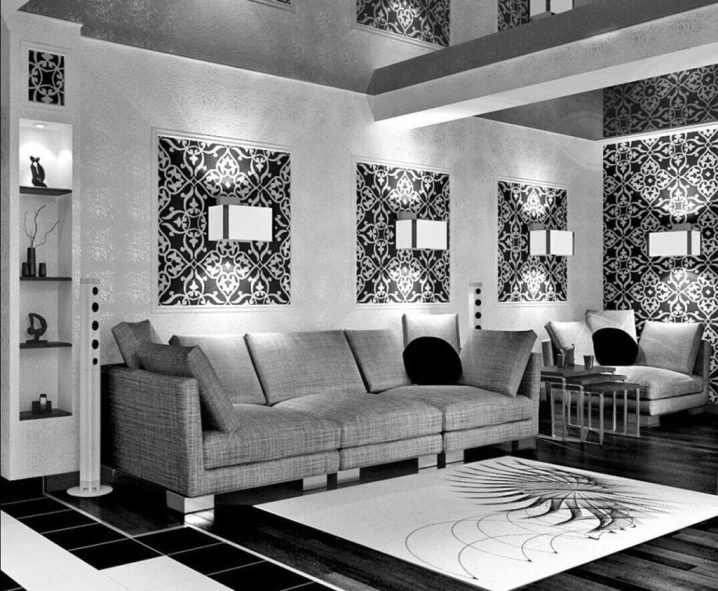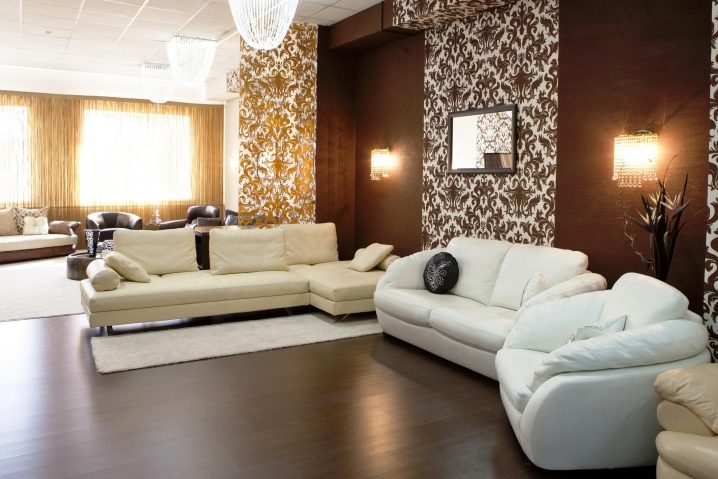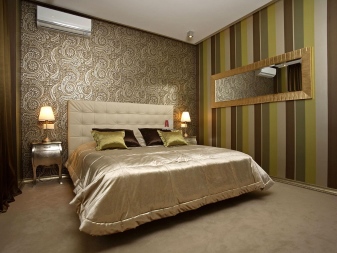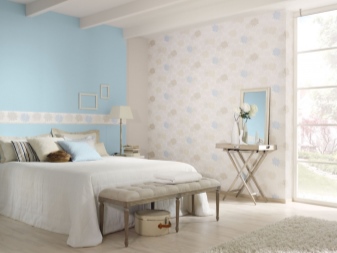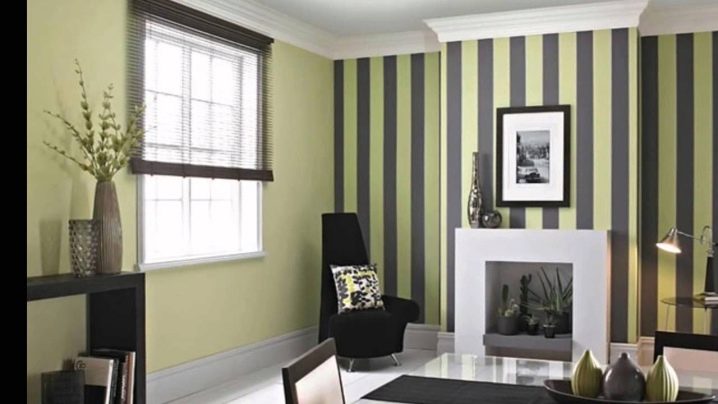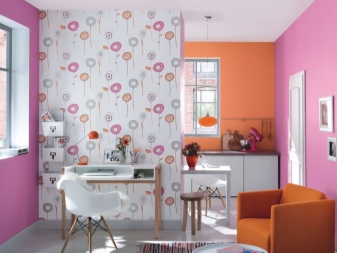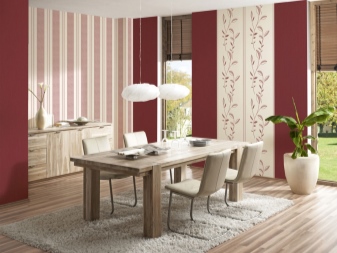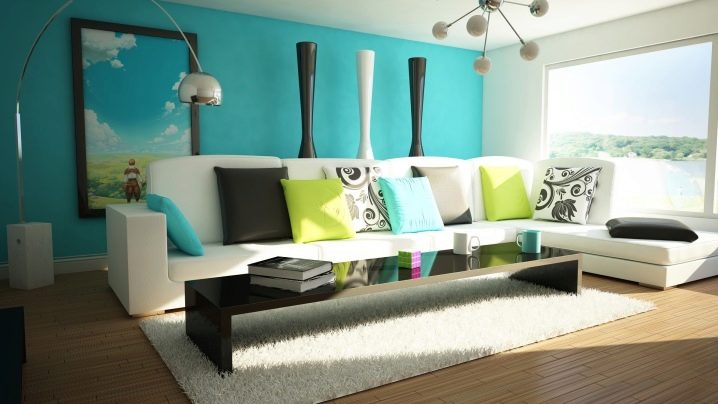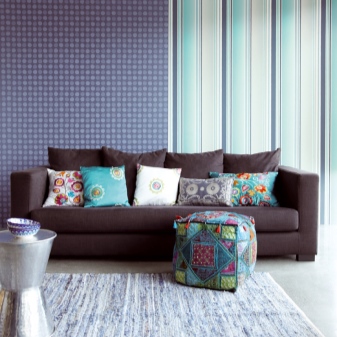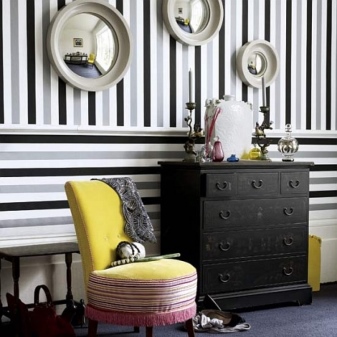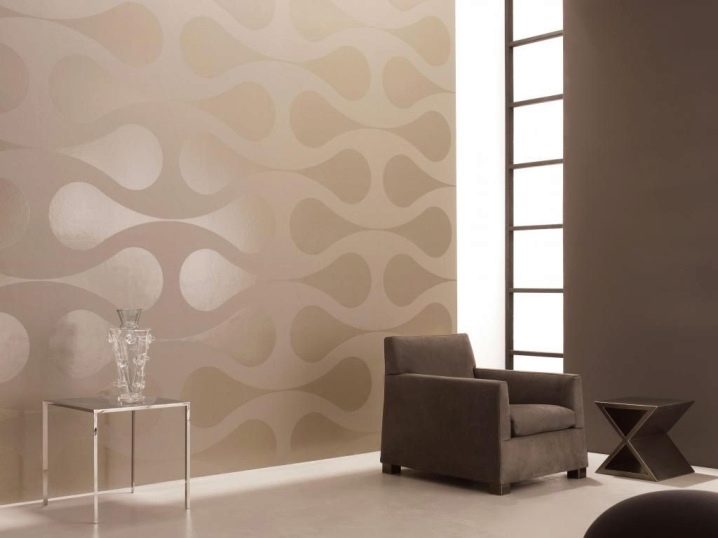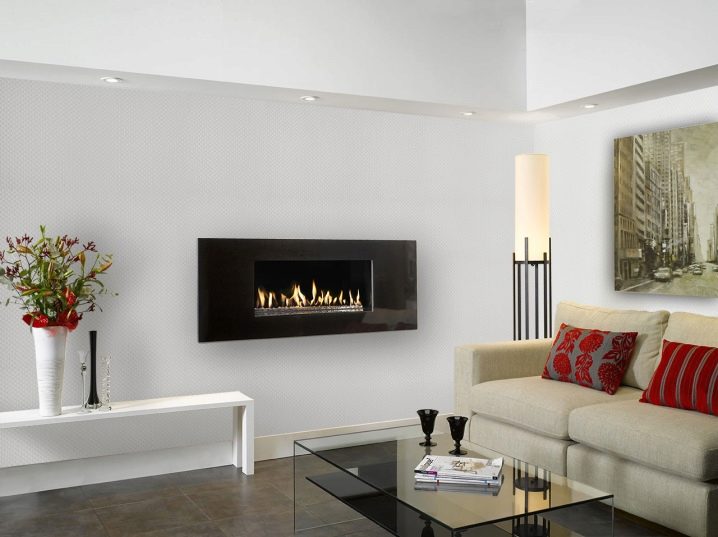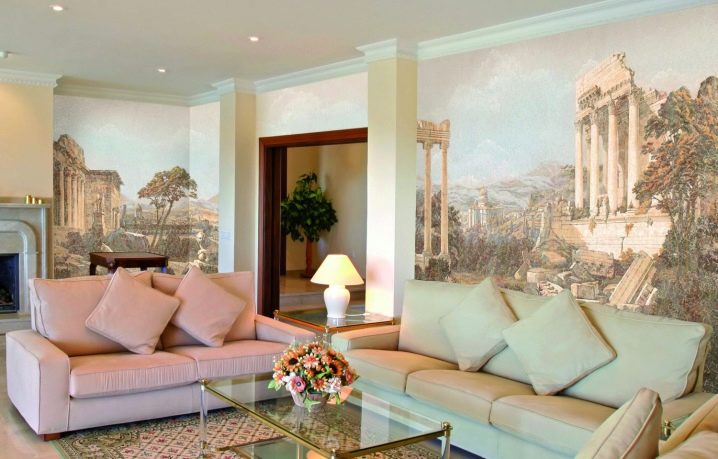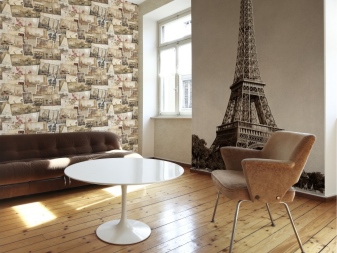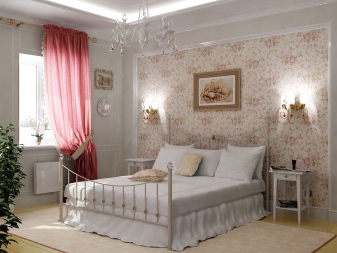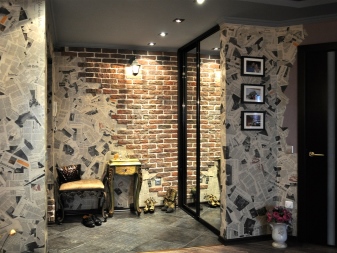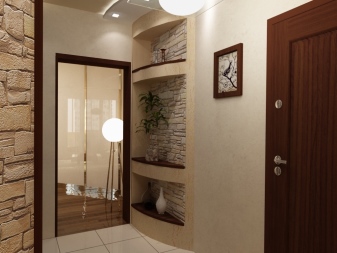We select the wallpaper for the interior
It is no secret that when creating a special style in a residential area, many people now turn to designers. It helps to create comfort and a unique image quickly, professionally and easily. But there are situations when the help of a specialist is not suitable for a number of reasons and then you have to think everything over personally. In this case, you must carefully examine the market of building materials, types of wallpaper, their pros and cons and, of course, choose a certain style for the room.
Kinds
Today there is a huge amount of materials and it is very difficult for a person to make a choice without any experience. More often than not, people rely on their own taste or seller advice. However, before going to the hardware store, it is very important to get acquainted with each type of wallpaper, to determine which ones are ideal, for example, for a living room, bedroom or a nursery, and which should not be purchased.
It should be noted that the kitchen wallpaper will look bad in the nursery, and natural or fabric materials are absolutely impractical in the cooking zone. There are also varieties for painting.They are convenient because you can change colors when the soul wants it. Up to fifteen times.
Paper
The budget version of the material for everyday and casual design. There are two types: single-layer and two-layer. They consist entirely of cellulose and almost always have a smooth surface. The quality of the wallpaper can be determined by marking, which is indicated on each roll and denotes its density. More or less ideal material is sold with a weight of 110-140 grams. per square meter.
Positive points:
- Small cost. On average, it will be possible to purchase one roll for fifty-one hundred rubles.
- Natural clean material. Since cellulose wallpaper consists entirely of natural substances, they are allowed to be used even in the nursery or bedroom.
- Paper material certainly "breathes."
- Even a beginner will not have difficulty and problems in the process of pasting walls.
Negative points:
- Short term use. They will have to be changed on average in five years, even with proper care.
- Paper wallpaper does not tolerate moisture and liquid, so they can not be used in rooms with high humidity.
- They are afraid of direct sunlight and very quickly lose their original appearance.
- Paper material perfectly absorbs any odors, pollution, dust, which greatly affects the appearance. At the same time the wallpaper can not be washed.
Flizelinovye
Flizelin is a fairly dense paper material mixed with fibers made of cloth. This wall decoration consists of two parts: the bottom one is paper and the top one is flizelin. When choosing wallpaper you should pay attention to the certificate. Quality material must have the designation GOST 6810-2002.
Positive points:
- Pretty durable material when compared with paper wallpaper. Wear resistant and can hide minor defects on their surface. Such as cracks or scratches.
- Perfectly breathable.
- Not afraid of moisture and liquids. Therefore, when interacting with water or vapor, they do not change their appearance.
- Even a novice in this case can cope with the application of non-woven wallpaper on the walls or ceiling.
- Equally well can be used for both walls and ceiling coverings. And if the wallpaper incorporates foam vinyl, then they can also be used for painting.
Vinyl
Vinyl wallpaper - a material consisting of two parts: paper or non-woven and foam vinyl. Have a different surface. Smooth, with a volumetric pattern or with silk-screen printing.
Positive sides:
- Vinyl wallpapers are in excellent contact with water and can be washed safely. Therefore, this material is ideal for the kitchen and rooms, where most often there is pollution.
- Wallpapers are very high quality and fairly durable. They can keep their original appearance for a long time, they are not afraid of the sun's rays, respectively, they do not fade and do not fade.
- If you choose the right pattern and surface, you can hide the small flaws of the wall itself.
- Vinyl wallpaper can be painted if necessary, but not more than ten times.
Negative sides:
- The only, but quite significant minus is that the vinyl wallpaper is airtight. It is prohibited to use this material in children's rooms and bedrooms.
Acrylic
Acrylic wallpaper can be easily confused with vinyl. The bottom layer can be either paper or non-woven, and the top layer can be acrylic foam.
The advantage of acrylic wallpaper is high breathability.But from the minuses, you can select only a small service life.
Natural
This is a wallpaper that contains only natural materials. Such as cork, cane, jute, straw, bamboo, algae, and more. The base is often made of paper.
Positive sides:
- Give the room comfort and warmth.
- Natural pure material.
Negative sides:
- Natural material does not like moisture and fluid in general.
- Pretty laborious work on pasting.
- High cost of wallpaper.
- Natural wallpapers do not tolerate direct sunlight and very quickly lose their original appearance.
Glass fiber
These wallpapers are made of glass fiber and have extreme durability and quality. Often, glass wall paper is used in office and industrial premises. The material is well tolerated painting, but should be applied only latex or water-based paints.
Pros:
- Considerable wear resistance and long term of use. The average service time is thirty years with regular staining up to fifteen times.
- Glass fiber is not afraid of smoke, heat, fire, water.
- Natural pure material.
Minuses:
- Fiberglass gives the room a certain freshness and coolness, so it is not recommended for use in living rooms.
- Scanty selection of drawings. The most popular of them is the mat, herringbone and diamond.
Textile
Wallpapers are made of paper or non-woven base, and the top layer of natural fabrics. For example, silk, cotton, linen, velor, jute.
Positive sides:
- Textiles are treated with anti-fire and antistatic agents.
- Appearance combines luxury, originality and originality.
- Natural clean and breathable material.
- Does not fear direct sunlight and for a long time retains its original appearance.
Negative sides:
- Extremely well absorbs moisture, odors, dust and various contaminants.
- Very overpriced for the material.
- Textile wallpaper is quite difficult to glue the walls, and therefore will certainly need a professional.
Metallic
An extremely original and rare type of material in a modern interior. Basically, these wallpapers are ideal for rooms with high-tech design. Wall-paper consists of the thinnest aluminum foil.
Pros:
- Cute and unique look.
- Pretty durable and quality material.
- Metallic wallpaper perfectly in contact with the sun and liquid. Do not lose their gloss and color, they are well cleaned.
- Excellent sound insulation.
Minuses:
- Pretty high cost.
- So that thin aluminum foil does not lose its appearance when pasting walls, it is necessary to level the entire surface with drywall.
Liquid
Undoubtedly, this is an unusual type of building material, which has recently been gaining more and more turns. These wallpapers consist of cellulose, decorative spangles, dyes, and fibers. This material is produced in the form of a dry mixture, which is diluted with a liquid and applied to the walls.
Pros:
- With the help of liquid wallpaper, you can create a variety of reliefs, as well as they perfectly align the surface.
- Environmentally friendly and safe.
- Not afraid of dust and dirt.
- Relatively wear-resistant and on average can serve six to eight years.
Minuses:
- Extremely afraid of any liquid. Therefore, liquid wallpaper is prohibited to apply in rooms with high humidity.
- It dries very long after application and it is necessary to wait about forty-eight hours.
Wall mural
And finally, you need to mention the photo wallpaper. They consist entirely of cellulose, and the base is often made from self-adhesive material. The assortment has a considerable number of various patterns for every taste. It is beautiful and easy to apply on the walls and can give a special look to the living space.
Colors
The choice of ornament and shade of wallpaper is very time consuming and scrupulous occupation. It depends on how the room will look and what mood it will bring to life.
It should be noted that for each room it is required to select its own special color and pattern. For example, wallpaper under a tree, brick or stone will be unsuitable for a child’s room, and natural bamboo will not last long in a wet bathroom.
The first is to estimate the area of the dwelling. On a small room you can buy wallpaper with small but rare drawings. It can be various flowers or trees: Sakura, Fuchsia, Gerberas, as well as any other objects and figures. But the material for walls with densely applied or large applications, for example, with orchids or in a cage, visually reduce the room.
You should not assume that solid construction material without any pictures is dull and faceless. In fact, if you choose the right shade to the furniture and the room itself, you get a rather interesting and stylish option in the interior.
After assessing the size of the room, consider the degree of illumination, configuration and functionality.
For bright small living rooms, the windows of which face the south side, it is possible to acquire cold shades. For example, blue, green, gray, purple, turquoise, lilac, pink.
And for dark and poorly lit rooms it is worth picking up material with warm shades. For example, with orange, olive, yellow, gold, sand and similar.
Do not forget about the furniture in the room. Wall material should be in harmony with it and not be contrasted. For example, wallpaper with light pastel shades or with pink ornaments are perfect for red furniture.
For blue furnishings, purchase white, green or blue.
For beige furniture, sand, orange, yellow, white, light brown shades are considered ideal wallpapers.
Combining
Recently, it has become very popular with designers to use a combination of two or more wallpapers in the same room, differing in color, pattern, texture. It is worth noting that the majority of companies produce collections of companions on the modern construction market. Therefore, you can easily choose the style of the room without the help of experts. But you still need to know some of the nuances.
There are four main ways of sticking material of two types:
- Spectrum. The main rule of this combination is the use of two different shades of the same color. For example, green and pistachio, blue and azure, red and coral. This design is interesting in that it is possible to place a different shade on each wall, but according to the principle from dark to light.
- Balancing. Here should be used wallpaper with 3D drawings, inscriptions or ornaments and simple monophonic. Both materials should be selected in such a way that they are in harmony with each other shade.
- The opposite of colors. Following from the name, the combination takes place with the help of absolutely opposite shades. For example, sticking black and white material.But, it should be remembered that such an option can adversely affect mood, behavior and psyche as a whole. Therefore, it is best to entrust this design to a professional.
- The texture of the material. It is best to buy wallpaper of different textures in one color and shade. For example, dark non-woven wallpaper with a brick ornament and monophonic material of a coffee shade.
Using a combination of wallpaper, you can create an original design of the dwelling or hide some flaws.
For example, to hide irregularities or wires on the wall, you should combine several shades and divert attention from defects.
If the living space is too large and it contains several zones, the combination method will be most welcome. With the help of various wallpapers, you can safely define the boundaries without the use of partitions, curtains, furniture.
There are ways to combine, expanding the space. For example, if at least one wall is covered with wallpaper of bright colors, then the room will visually appear much more spacious.
In modern design, the premises mainly use two types of combination: horizontal or vertical stripes.Since striped combinations have their own nuances, it is worthwhile to take this action very carefully and examine all the pros and cons.
How to choose?
Before you go to the store, you should properly evaluate the room and understand exactly what wallpaper is needed.
Glossy, thin wallpaper with an ornament or a small floral pattern can not be used on uneven walls. In such cases, it is best to purchase stylish embossed and dense materials.
In rooms where there are children, animals or frequent attendance, it is best to use glass wall covering or other wear-resistant stylish material.
If the room is bright, it is necessary to pick up rich colors and patterns. For example, wallpaper with an ornament for a fresco. But in a dark room you need to use bright, warm colors and patterns. For example, in a kitchen with windows to the north, light wallpaper with olives or floral ornaments would be appropriate.
Examples of interesting design ideas in the interior
For a classic living room, you can safely use the wallpaper with the cities or in the romantic style "Paris". The bedroom will look great Italian beautiful wallpaper or a gentle "Provence."
In the corridor, you can safely pokleit wallpaper with pictures that imitate brick, stone or wood. This is a classic, not out of fashion for several decades.
